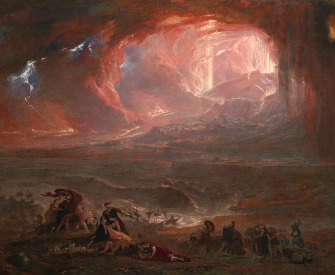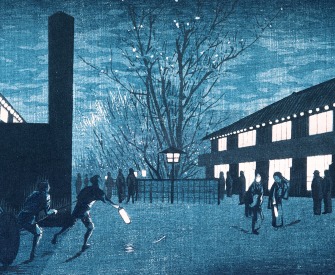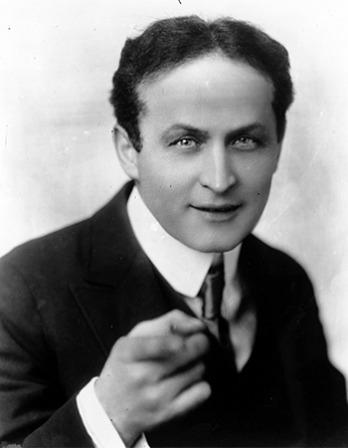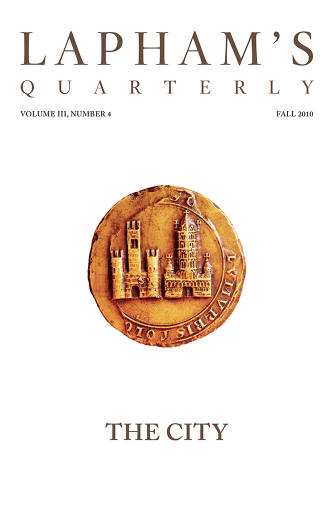No passion so effectually robs the mind of all its powers of acting and reasoning as fear.
For fear being an apprehension of pain or death, it operates in a manner that resembles actual pain. Whatever therefore is terrible with regard to sight is sublime too, whether this cause of terror be endued with greatness of dimensions or not; for it is impossible to look on anything as trifling or contemptible that may be dangerous. There are many animals who, though far from being large, are yet capable of raising ideas of the sublime because they are considered as objects of terror; as serpents and poisonous animals of almost all kinds. And to things of great dimensions, if we annex an adventitious idea of terror, they become without comparison greater. A level plain of a vast extent on land is certainly no mean idea; the prospect of such a plain may be as extensive as a prospect of the ocean; but can it ever fill the mind with anything so great as the ocean itself? This is owing to several causes; but it is owing to none more than this, that the ocean is an object of no small terror. Indeed terror is in all cases whatsoever, either more openly or latently, the ruling principle of the sublime.
From A Philosophical Enquiry into the Origin of Our Ideas of the Sublime and Beautiful. The Dublin-born political philosopher wrote this book of aesthetic theory before he was nineteen years old; when asked thirty years later to expand it, he responded that he was no longer fit to pursue such speculative matters. “You could not stand five minutes with that man beneath a shed while it rained,” wrote Samuel Johnson of Burke, “but you must be convinced you had been standing with the greatest man you had ever yet seen.”
Back to Issue




